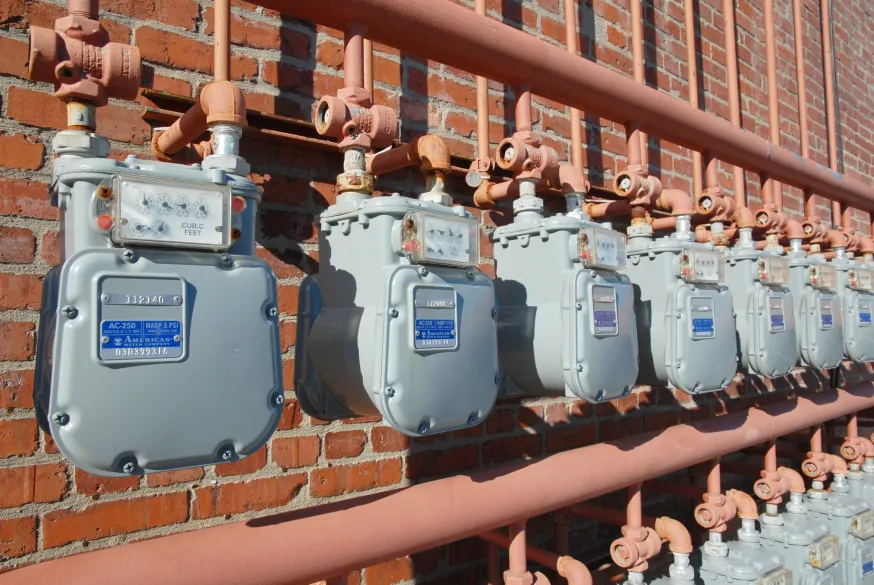Release of hydrogen and carbon in a sustainable process
Methane pyrolysis
Methane pyrolysis, also known as methane cracking or methane decomposition, is a chemical process in which methane (CH4), the main component of natural gas, is broken down at high temperatures into its components hydrogen (H2) and solid carbon. This thermochemical reaction provides a way to produce valuable hydrogen while capturing carbon in solid form. It can be used to produce clean hydrogen and high-quality carbon products for various applications. If the carbon produced is stored, this process can also generate negative greenhouse gas emissions if the methane is produced from carbon dioxide.

Basic principles of methane pyrolysis
In methane pyrolysis, methane is exposed to high temperatures in the absence of oxygen. During this process, the stable CH4 molecules are split into hydrogen gas (H2) and solid carbon (C). The chemical equation for the pyrolysis of methane is as follows:
CH4 (methane) → H2 (hydrogen) + C (carbon)
The process takes place at temperatures typically above 800°C to 1200°C, depending on the specific conditions. Sometimes catalysts are also used to speed up the process. The absence of oxygen is crucial to prevent the combustion of methane. High temperature heat is required for the process as the process is endothermic.
Hydrogen production
Methane pyrolysis is known for its potential to produce carbon-neutral or even carbon-negative hydrogen. Hydrogen is a clean fuel with various possible applications. The hydrogen obtained from methane pyrolysis can be used for various applications.
Potential benefits and applications
Methane pyrolysis offers several potential benefits:
Clean hydrogen production: Methane pyrolysis offers a way to produce hydrogen with lower carbon emissions compared to conventional methods such as methane steam reforming (SMR), which releases CO2 as a by-product.
Carbon sequestration: The production of solid carbon offers the possibility of capturing carbon in a useful form, which could reduce carbon emissions and provide valuable materials for various industries.
Integration of renewable energies: Endothermic methane pyrolysis can serve as a flexible energy storage solution by using excess renewable energy to produce hydrogen during times of surplus and utilizing it during times of high demand.
Utilization of carbon: The solid carbon by-product can be used in industries that require high-quality carbon-based materials, such as construction, electronics and advanced materials.
Waste to energy: Methane pyrolysis can potentially be applied to all methane sources. This includes, for example, landfill gas, biogas and other methane sources obtained from waste. Carbon can be captured using this approach.
Transitioning to a sustainable energy economy
As the world transitions to cleaner energy sources, methane pyrolysis can help combine clean hydrogen production and carbon sequestration. As technological advances and sustainability goals continue to drive innovation, methane pyrolysis could become an essential part of the global effort to transition to a low-carbon and sustainable energy future.